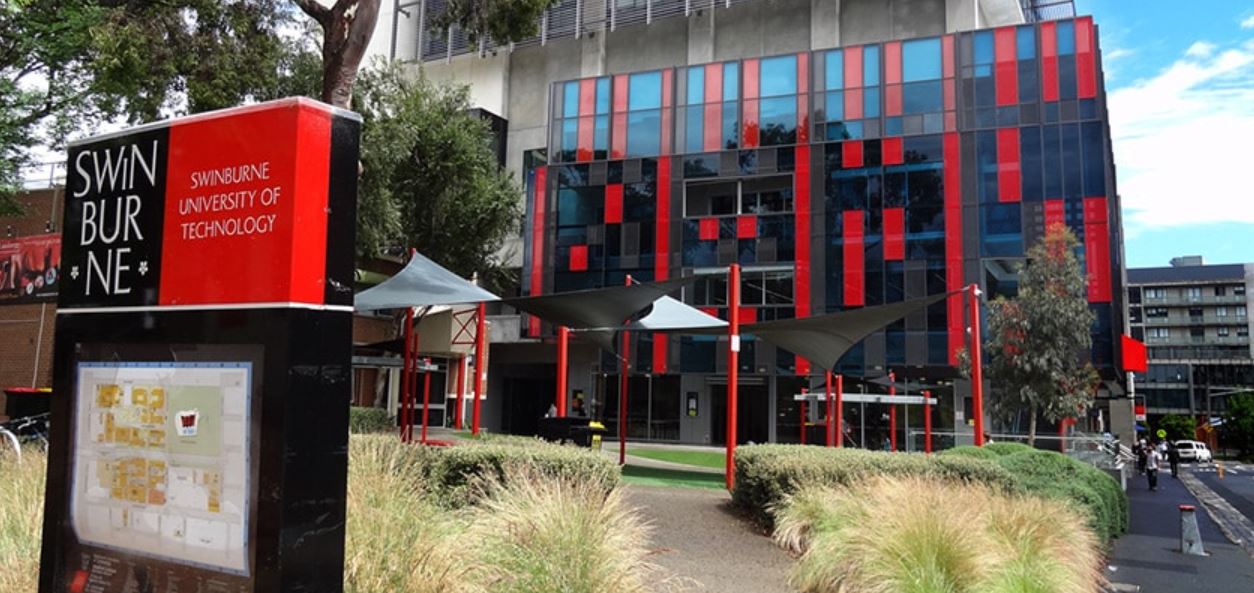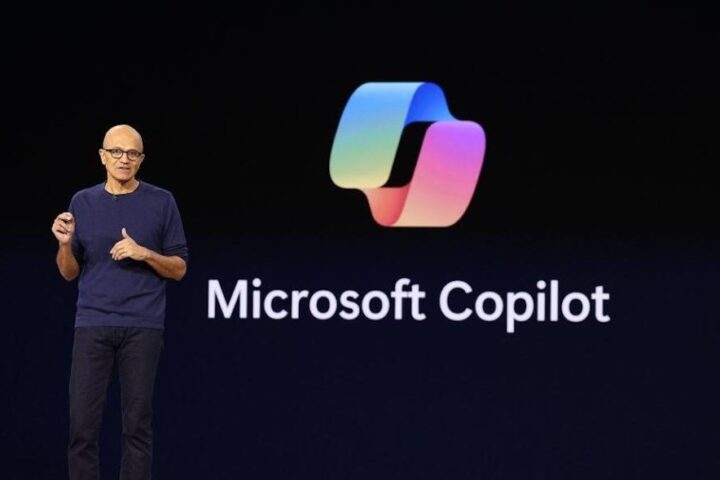 Researchers at Swinburne University of Technology are testing a clever solution to the ever-growing data demands in AI and data centres. Optical microcombs — sometimes dubbed frequency combs or ‘optical rulers’ — can push transmission speeds past one petabit per second, far outpacing current fibre network capabilities.
Researchers at Swinburne University of Technology are testing a clever solution to the ever-growing data demands in AI and data centres. Optical microcombs — sometimes dubbed frequency combs or ‘optical rulers’ — can push transmission speeds past one petabit per second, far outpacing current fibre network capabilities.
Led by Distinguished Professor David Moss, the team explains that microcombs have already made their mark in scientific breakthroughs, even helping to earn the 2005 Nobel Prize in physics through their contributions to spectroscopy and metrology. With the ability to produce multiple coherent wavelengths from a single chip, these devices promise a more efficient and adaptable approach to managing data traffic.
The recent Nature Photonics paper dives into emerging microcomb types and innovations like space division multiplexing. These approaches could help streamline our already overtaxed networks, especially as global data demands grow by about 25% each year thanks to AI and expanding data centre needs.
Professor Moss is clear: by enabling high-bandwidth communications in compact, energy-efficient designs, microcombs offer a practical way to alleviate the pressures on our global internet infrastructure. If you’ve ever been frustrated by data bottlenecks, these developments could bring welcome relief.








